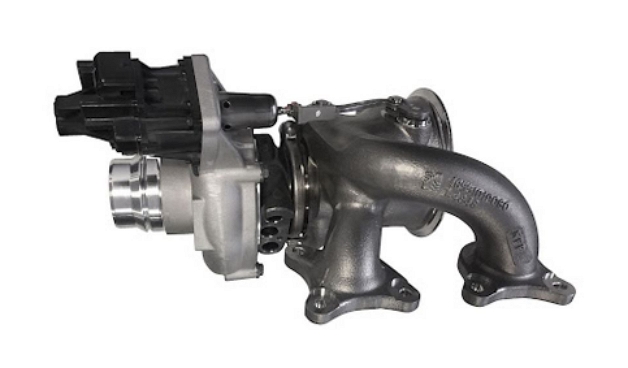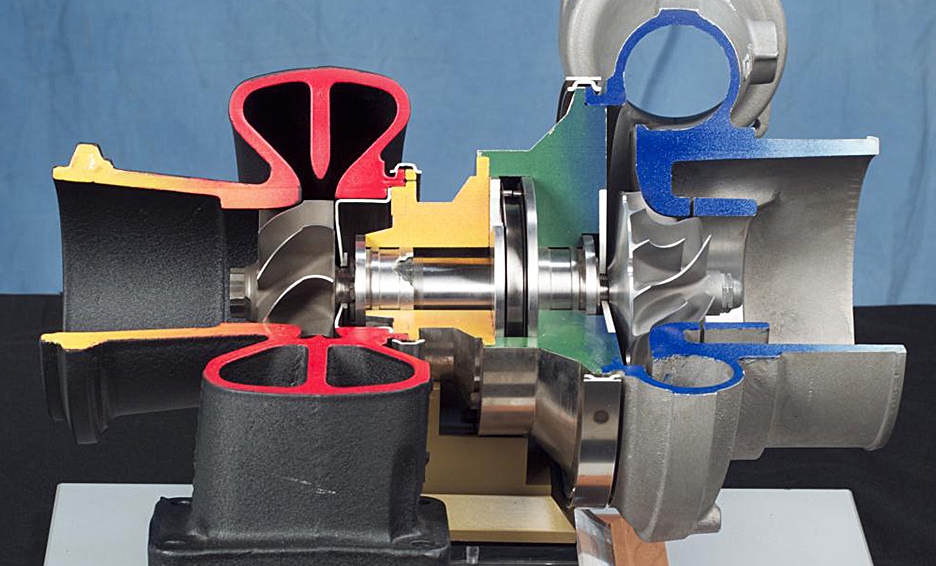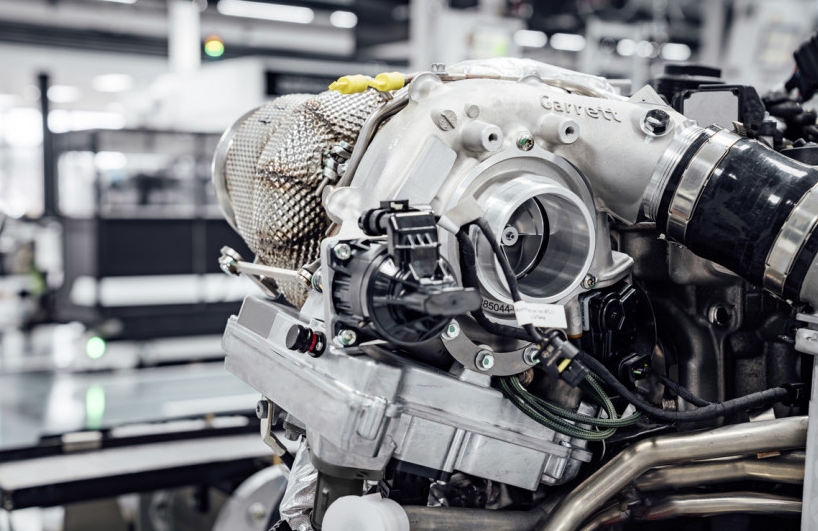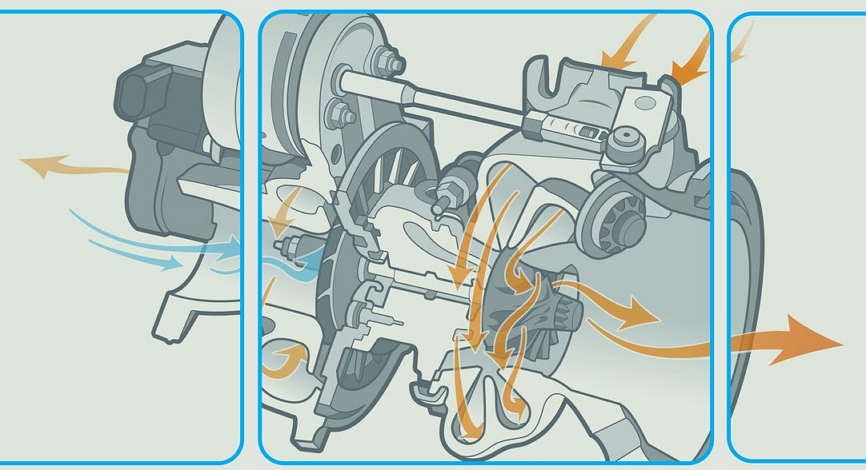
The Lost Scrolls of Turbocharging: Twin-Scrolls Explained
Die-hard fans of pure displacement have critiques about turbo tech, but twin-scroll turbochargers seem to address many of them.
Initially, having a turbocharger meant bragging rights. This changed with the introduction of intercoolers and then multi-turbo setups. Now, twin-scroll turbochargers are the in-thing, though they’re not loudly advertised.
Despite the lack of hype, twin-scroll turbos pack a punch. They offer the benefits of turbocharging without many of its disadvantages.
Combatting Turbo Lag
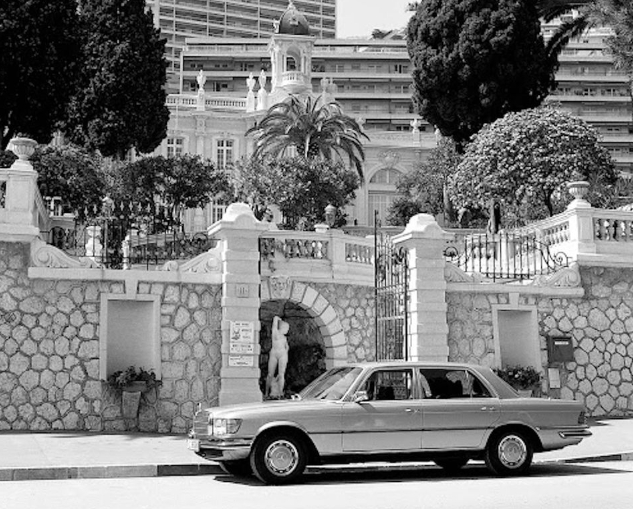
To grasp the twin-scroll’s significance, we need to understand turbocharging basics. When exhaust gas exits the cylinders, it’s directed to a turbine which then powers an impeller that compresses incoming air. Denser air equals more power. But traditional turbochargers faced challenges like heat damage, causing their popularity to wane for a while.
However, the fuel crisis of the 1970s revived interest, resulting in the successful Mercedes-Benz 300SD and Saab 900 Turbo in 1978. Turbochargers became synonymous with power and efficiency, but they weren’t perfect.
The Turbocharger Dilemma
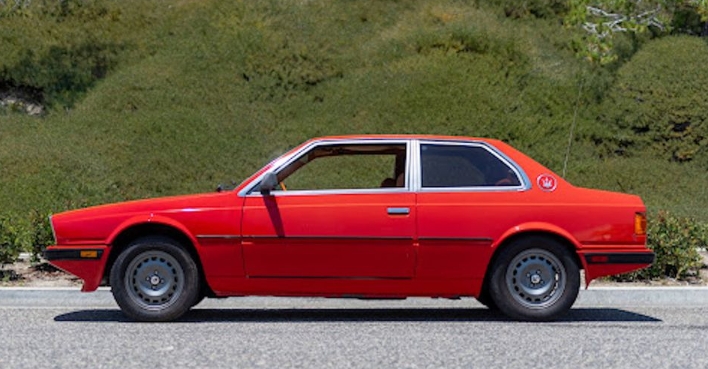
Turbochargers face unpredictable exhaust gas and manifold pressures, causing inconsistent power. Also, exhaust gas flows in pulses, not continuously. This pulsation can slow the turbine, leading to turbo lag—the delay in feeling engine power after acceleration. The trade-off in traditional setups has always been between reducing this lag and compromising on high-end power.
Double the Turbo, Half the Trouble?
One solution is using twin turbochargers. In a parallel twin-turbo setup, each turbo manages half the cylinders, reducing flow interference. A sequential-turbo system has one turbo for low RPM and another for high RPM, almost negating boost lag. But these setups are expensive, bulky, and complex.
The Twin-Scroll Solution
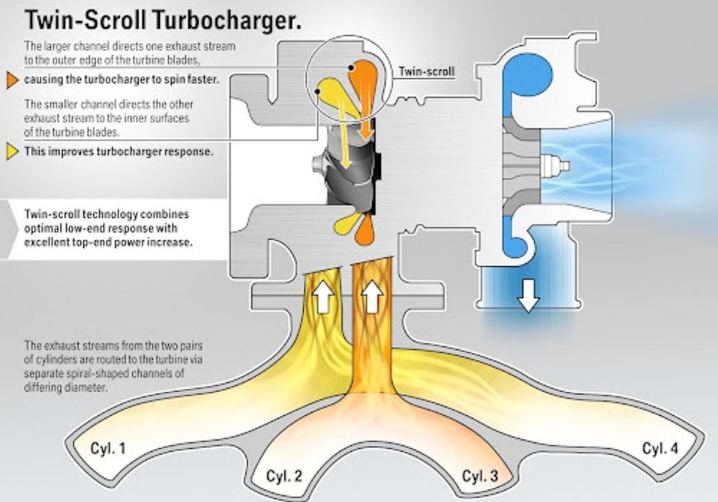
Enter the twin-scroll turbocharger: a single turbo with two channels. This design doubles the time between valve openings, reducing flow interference, but still uses just one turbo. It offers better power from less fuel, and mimics the benefits of twin-turbos but with reduced weight and parts.
When BMW switched to a twin-scroll, they achieved up to a 9% reduction in fuel consumption. Performance testing also indicated a 20% increase in horsepower and torque at midrange RPMs, along with significant reductions in turbo-lag.
The Rise of Twin-Scrolls
Twin-scroll turbos were present in cars like the FC RX-7 Turbo II but weren’t widespread due to costs and complexity. Modern tech changed that. Now, they’re found in vehicles from the Ford Edge to the Ferrari 488 GTB.
In today’s era, the benefits of twin-scroll turbos are hard to ignore. Yet, one wonders, when will we proudly display “Twin-Scroll Turbo” badges?
